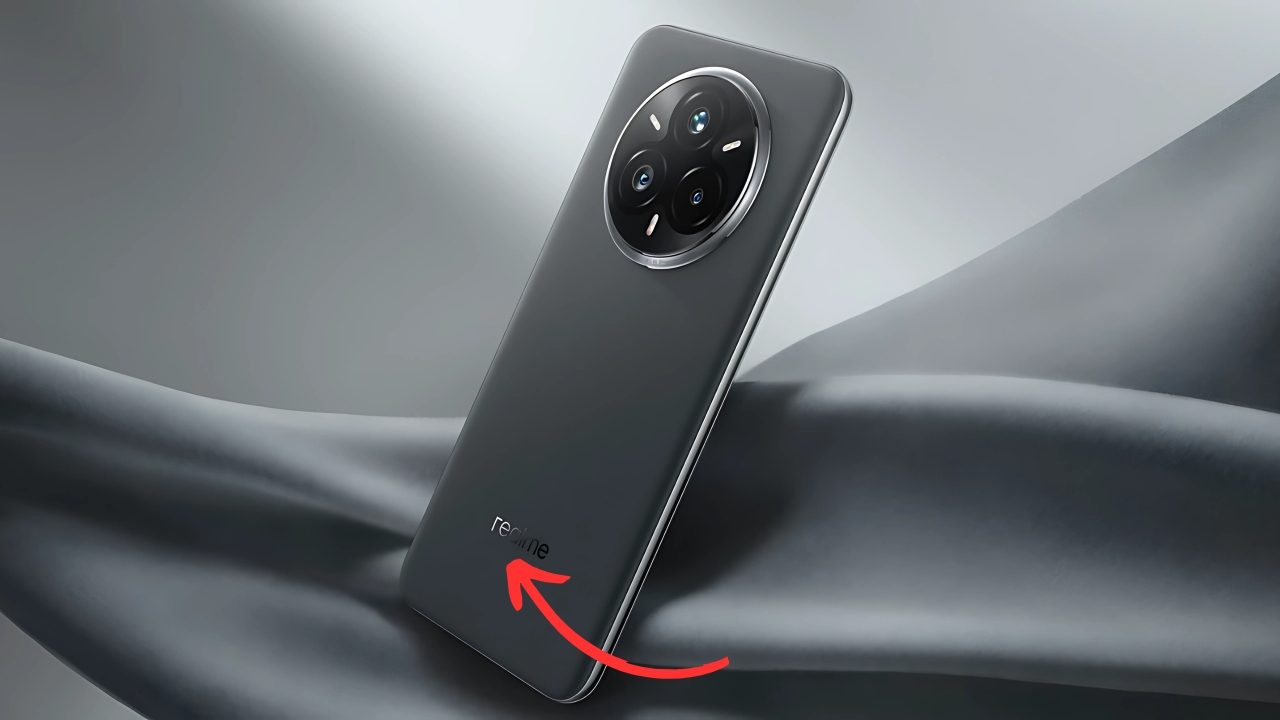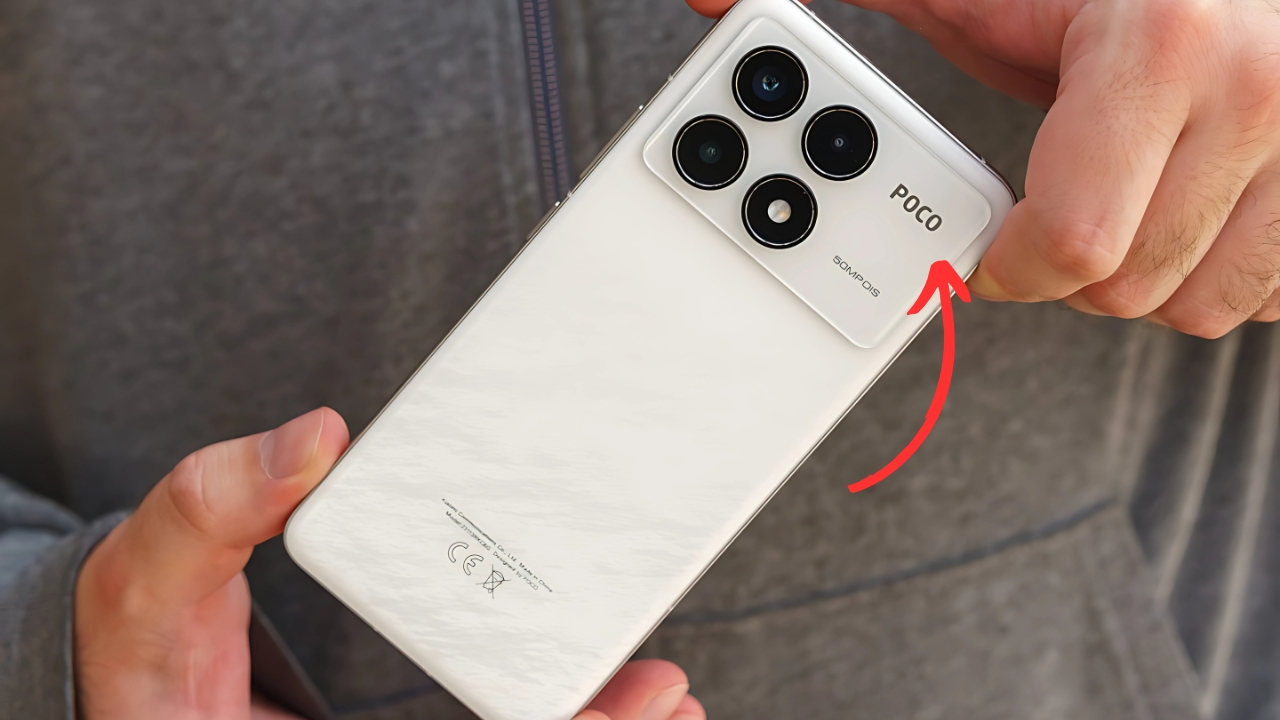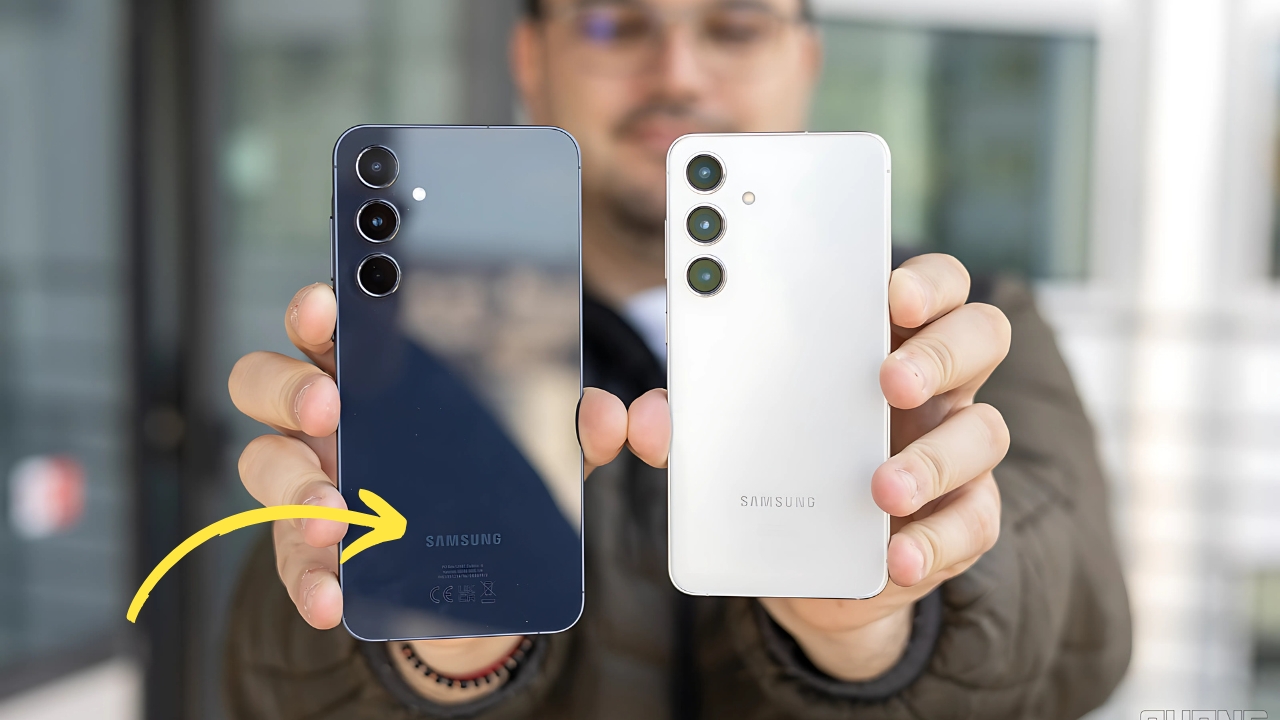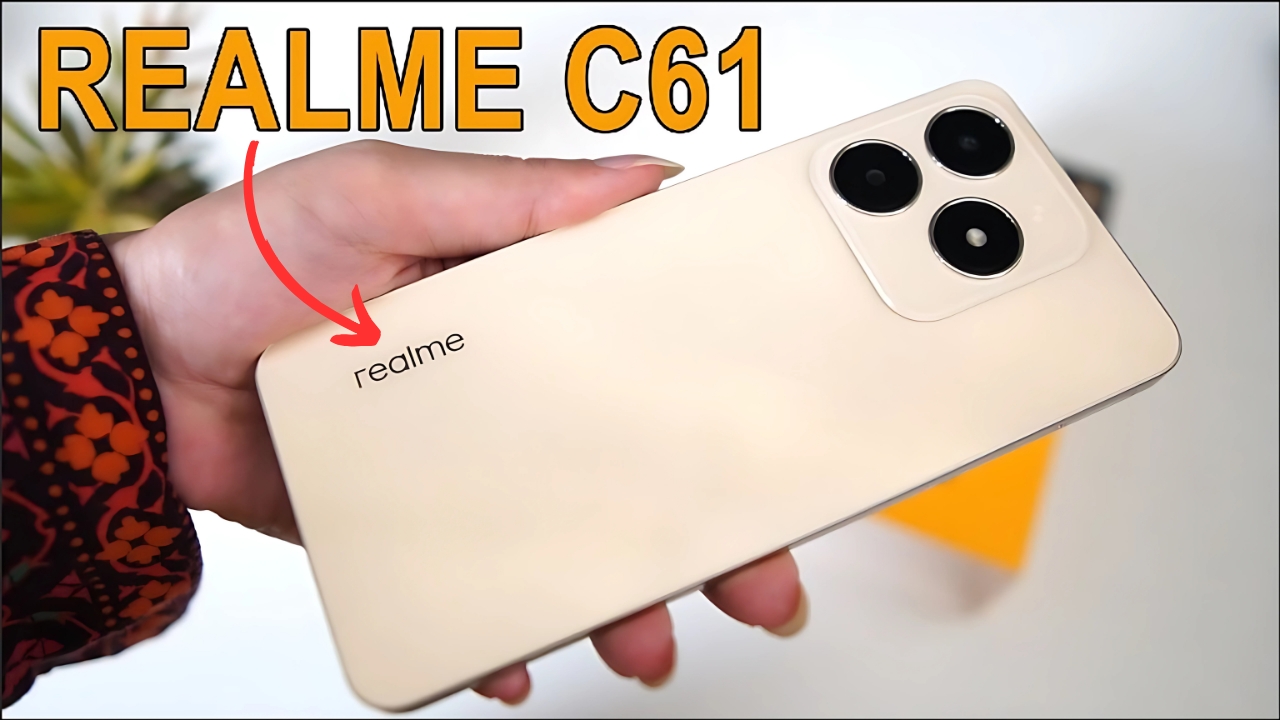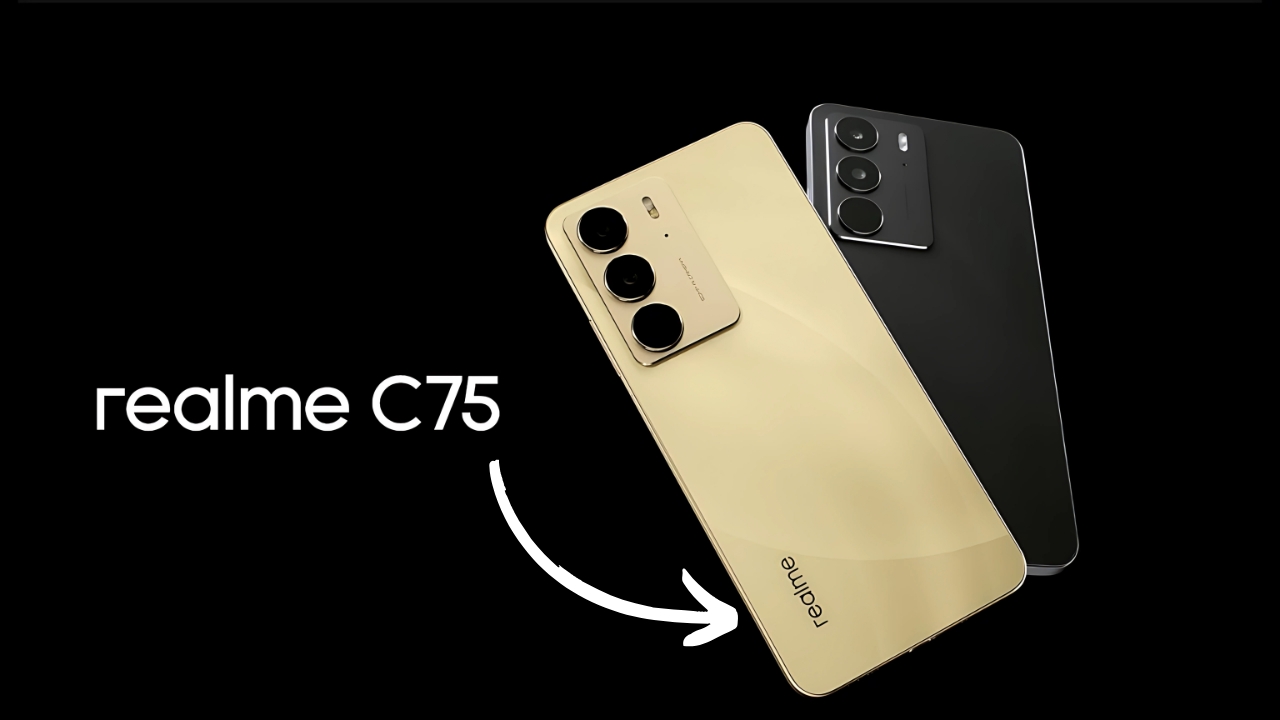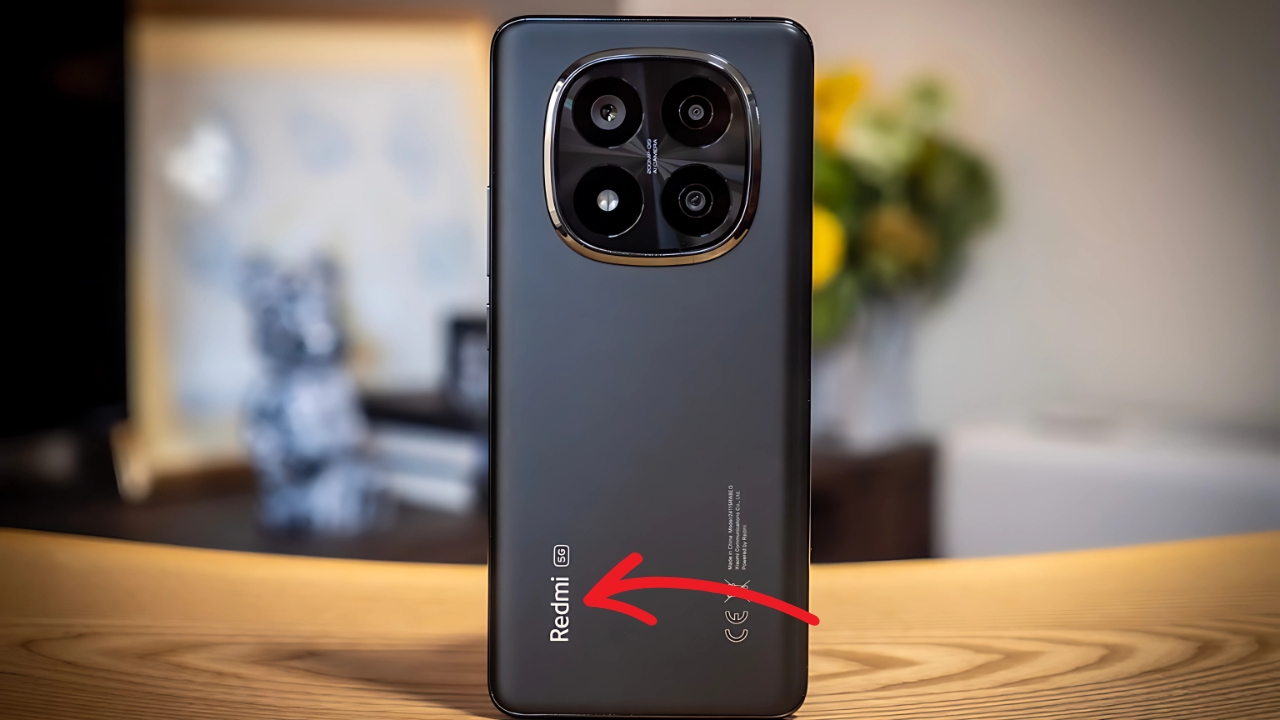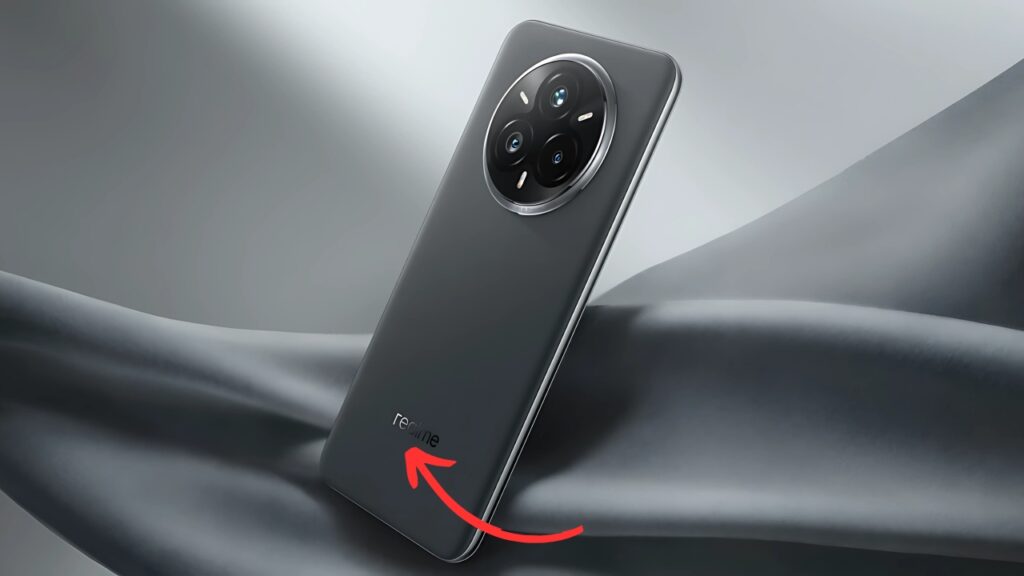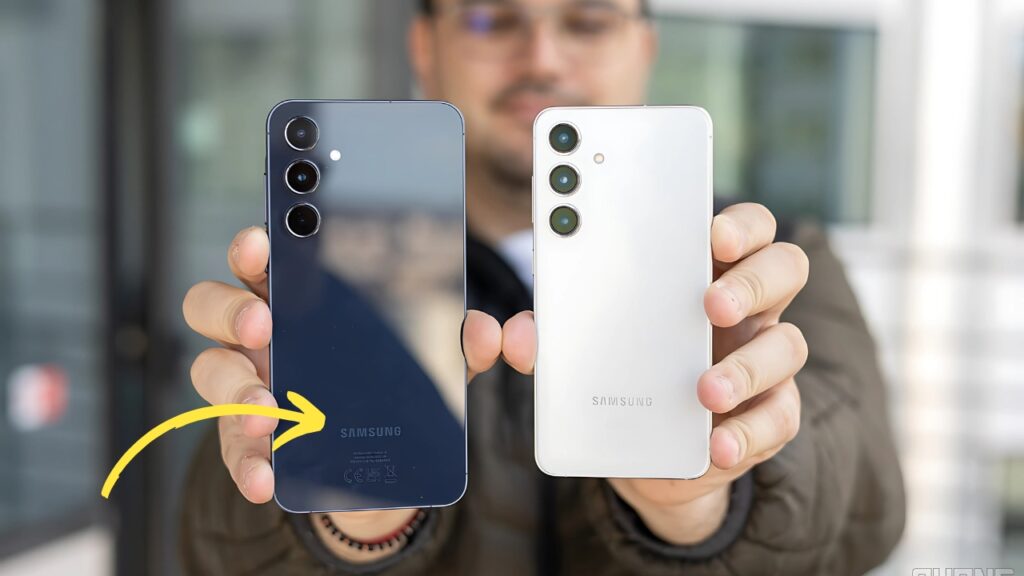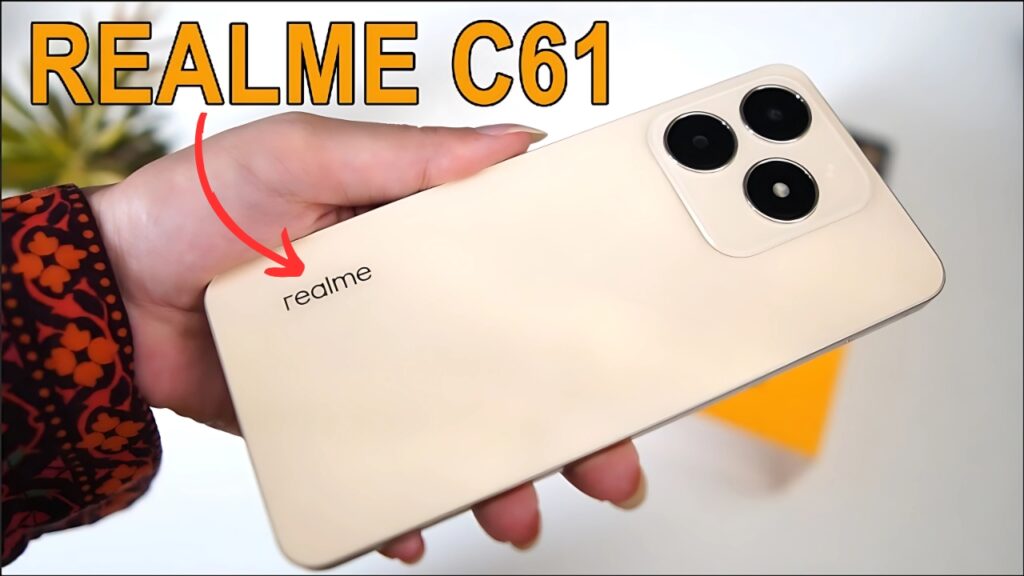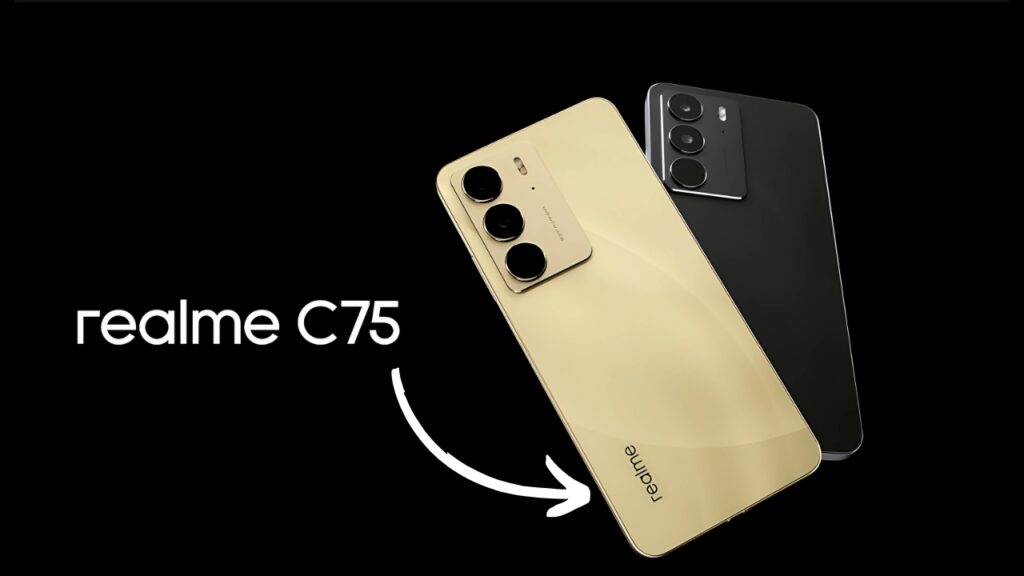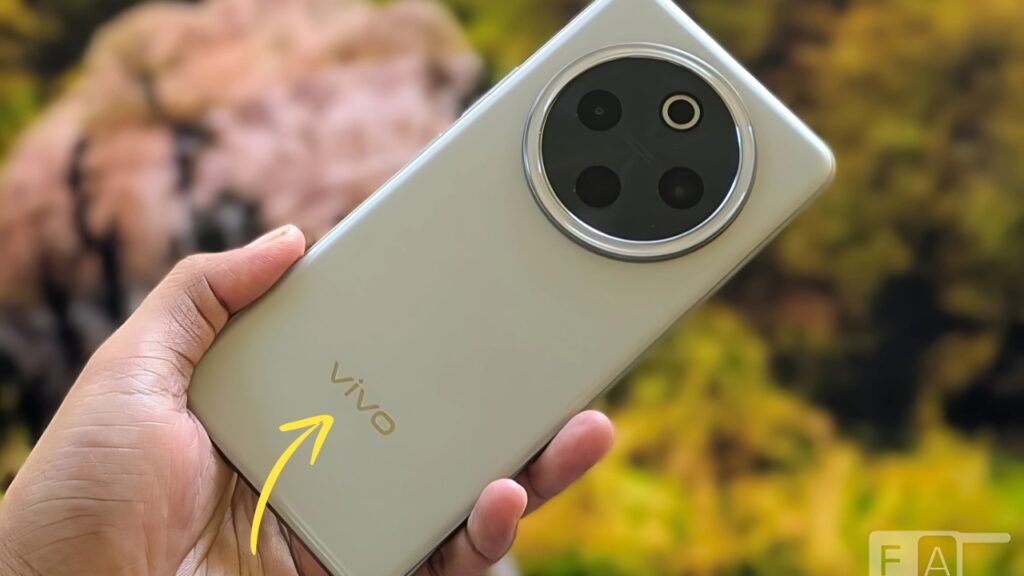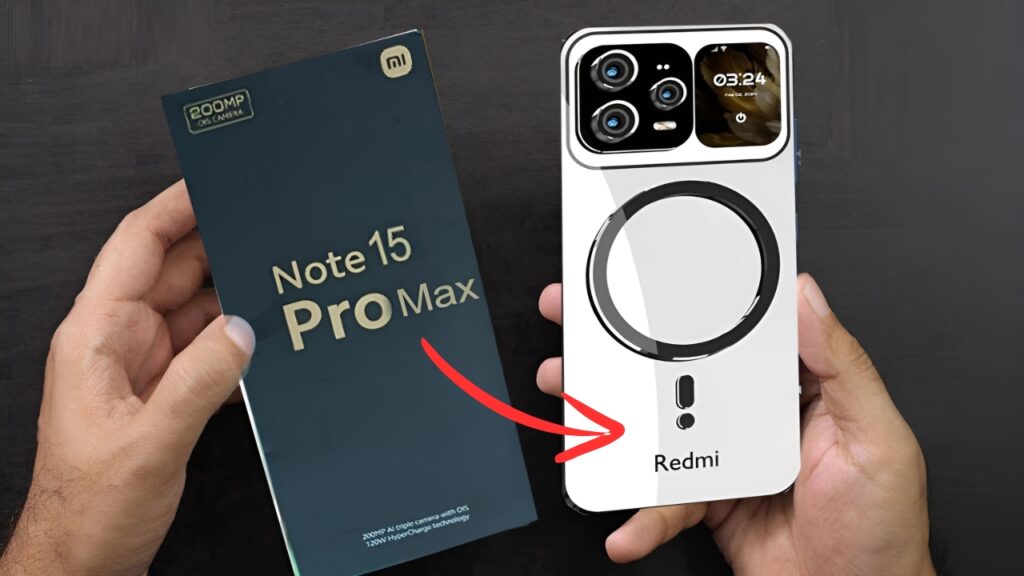Google Pixel 10 Series: In the competitive flagship smartphone landscape, Google continues to strengthen its position with the Pixel 10 series, representing the company’s most refined expression of its vision for the ideal Android experience.
This latest generation builds upon Google’s established strengths in computational photography and AI integration while addressing previous limitations to create devices that compete directly with premium offerings from Apple and Samsung.
Strategic Positioning
The Pixel 10 series maintains Google’s three-device strategy, with each model targeting distinct user segments.
The standard Pixel 10 serves as the foundation model balancing capabilities with accessibility, while the Pixel 10 Pro caters to enthusiasts seeking the most advanced features.
The Pixel 10 Pro XL offers these premium capabilities with a larger display and enhanced battery capacity for users who prioritize screen real estate and endurance.
This tiered approach allows Google to address different price points and user preferences while maintaining consistent design language and core features across the lineup.
This strategy has proven successful in expanding the Pixel’s market presence beyond its original enthusiast audience.
Design Evolution
The Pixel 10 series refines Google’s distinctive design language with subtle yet meaningful improvements that enhance both aesthetics and functionality.
The devices feature frames crafted from recycled aluminum with improved structural properties that increase drop resistance while maintaining premium feel.
The standard model offers a matte glass finish, while the Pro variants feature a polished ceramic back panel that provides enhanced durability and scratch resistance.
Available in several sophisticated colors including Obsidian, Porcelain, Bay, and Hazel, the Pixel 10 series offers visual options that range from classic to distinctive.
The camera bar, now a signature Pixel design element, has been refined with improved integration into the frame that reduces visual interruption while maintaining the recognizable Pixel silhouette.
The front of the devices showcases virtually symmetrical bezels around the displays, creating a balanced appearance without notches or excessive punch-hole diameters.
The overall dimensions have been optimized to improve one-handed usability without compromising display size, reflecting Google’s focus on practical ergonomics rather than specification maximalism.
Display Excellence
The Pixel 10 series features Google’s most advanced displays to date, with the standard model offering a 6.3-inch OLED panel, the Pro featuring a 6.5-inch LTPO OLED, and the Pro XL showcasing a 6.8-inch LTPO OLED.
displays support 120Hz refresh rates, though the Pro models implement more sophisticated variable refresh technology that can scale down to 1Hz for static content, improving battery efficiency.
Content consumption benefits from HDR10+ and Dolby Vision support, enhanced by Google’s Smooth Display technology that optimizes frame rates based on content type.
The panels achieve peak brightness exceeding 2,500 nits on the Pro models (2,000 nits on the standard), ensuring excellent visibility even under direct sunlight, while maintaining color accuracy with 10-bit color depth and 100% DCI-P3 coverage.
The displays incorporate Google’s most advanced anti-reflection coatings and improved optical bonding that reduces reflections by up to 40% compared to previous generations, dramatically improving outdoor visibility and reducing eye strain in bright environments.
Camera Innovation
Photography remains a primary focus area for the Pixel series, with Google building upon its computational photography leadership through both hardware and algorithmic advancements. The Pro models feature a triple rear camera system consisting of:
-
A 50MP main sensor with larger individual pixels and improved optical image stabilization
-
A 48MP ultrawide camera with autofocus capability and a 120° field of view
-
A 48MP telephoto lens offering 5x optical zoom with enhanced stabilization
The standard Pixel 10 maintains the main and ultrawide cameras while omitting the dedicated telephoto lens.
All models benefit from Google’s enhanced Tensor G4 chip that accelerates computational photography processes, enabling more sophisticated HDR+ processing, improved night sight performance, and reduced processing time for complex photographic techniques.
Video capabilities receive significant attention with 8K recording support on Pro models, improved video stabilization through the combination of optical and electronic methods, and the introduction of “Cinematic Blur” that creates professional-looking depth effects during video recording.
Audio recording quality advances through beamforming microphones that focus on subjects while reducing ambient noise.
AI Integration
The Tensor G4 chip at the heart of the Pixel 10 series represents Google’s most advanced mobile AI platform, enabling on-device processing for increasingly sophisticated features. These capabilities manifest across the user experience through features like:
-
Enhanced Call Screen that provides more natural conversation handling for unknown callers
-
Live Translate supporting real-time translation across more languages and modalities
-
Improved Magic Editor that enables more complex and natural photo manipulations
-
Adaptive performance that optimizes system resources based on user behavior patterns
These AI capabilities increasingly operate on-device rather than requiring cloud processing, improving both performance and privacy while reducing connectivity dependencies.
The dedicated security core within the Tensor chip ensures sensitive data remains protected during AI operations.
Performance and Battery Life
The Tensor G4 chip delivers improved performance across both CPU and GPU, with particular emphasis on sustained performance rather than brief benchmark peaks.
This approach aligns with Google’s focus on real-world usage experience over specification competition.
Battery capacity varies by model, with the standard Pixel 10 featuring a 4,600mAh battery, the Pro incorporating a 5,000mAh cell, and the Pro XL housing a 5,500mAh battery.
Software optimization combines with the efficient Tensor architecture to deliver up to 30% improved battery life compared to previous generations.
Charging capabilities include 45W wired charging that replenishes batteries to 50% in approximately 20 minutes, while 23W wireless charging supports the Pixel Stand ecosystem.
The Extreme Battery Saver mode extends battery life up to 72 hours when needed, intelligently restricting background processes while maintaining essential functionality.
Software Experience
The Pixel 10 series launches with Android 15, featuring Google’s most refined implementation of its mobile operating system.
Google commits to seven years of OS updates and security patches, establishing industry-leading longevity that enhances the devices’ value proposition.
The software experience emphasizes Google’s vision of “ambient computing” where AI seamlessly anticipates user needs without requiring explicit interaction.
Features like enhanced predictive app suggestions, contextual home screen adaptations, and improved voice recognition for Google Assistant demonstrate this philosophy in practice.
Google Pixel 10 Series:
The Google Pixel 10 series represents a comprehensive flagship offering that builds upon the company’s software expertise while addressing hardware limitations of previous generations.
By delivering meaningful improvements in display technology, camera capabilities, performance, and AI integration, Google has created devices that compete directly with established premium smartphones while maintaining the distinctive Pixel experience that appeals to Android enthusiasts.

